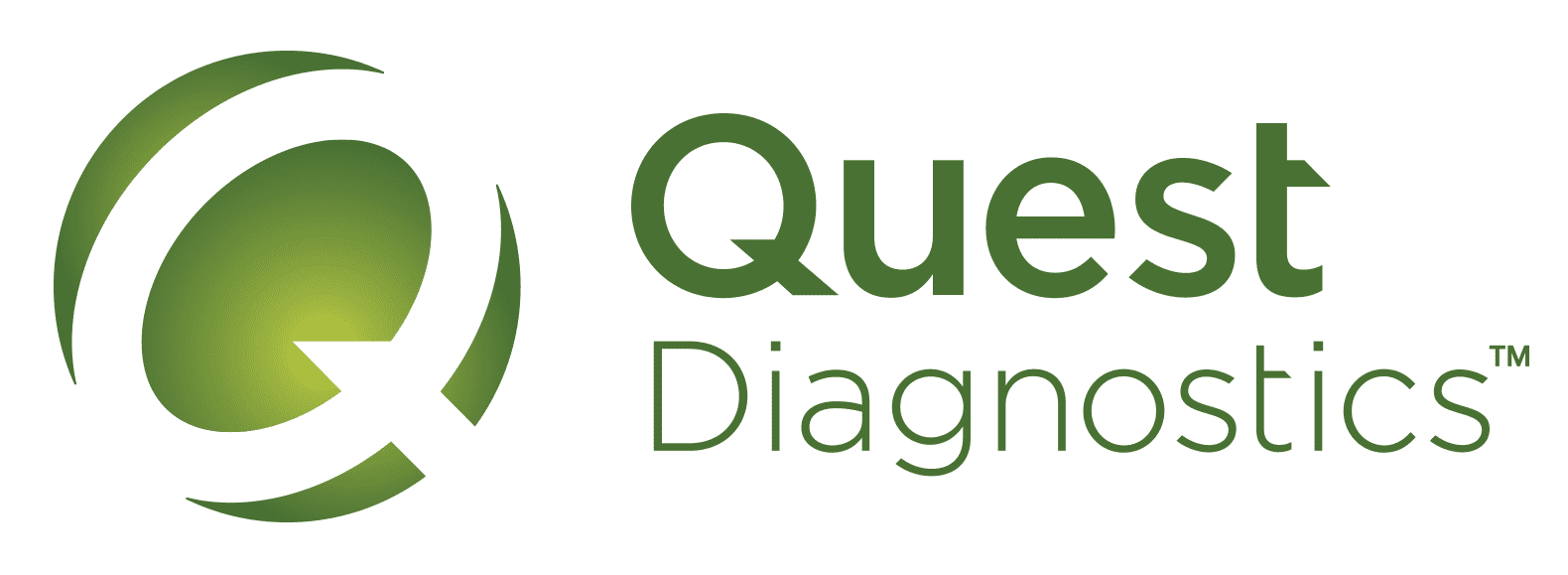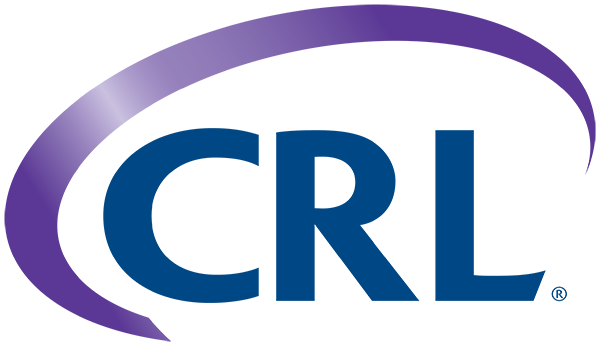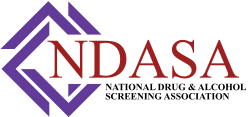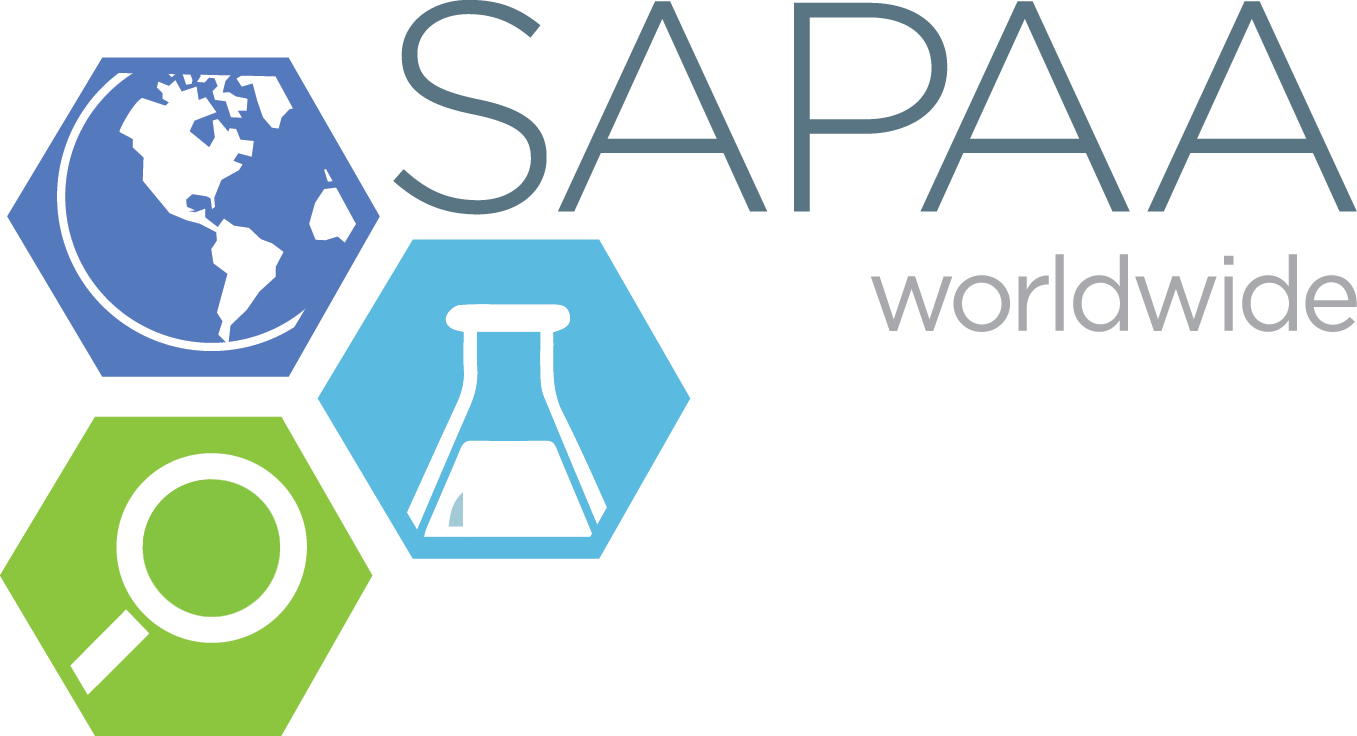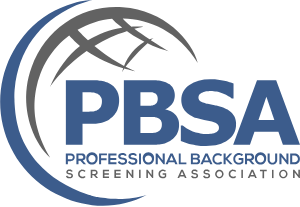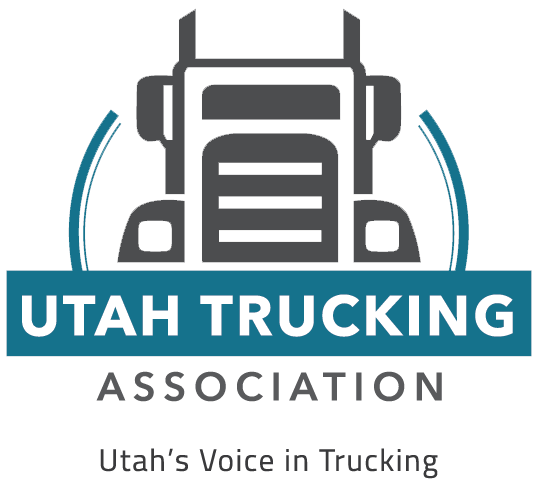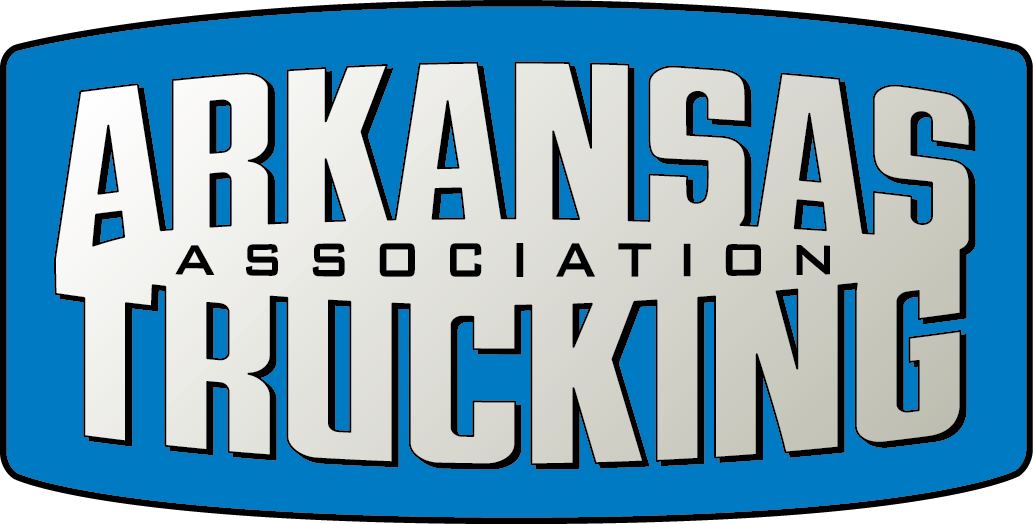Occupational Health Services - Physical Exams
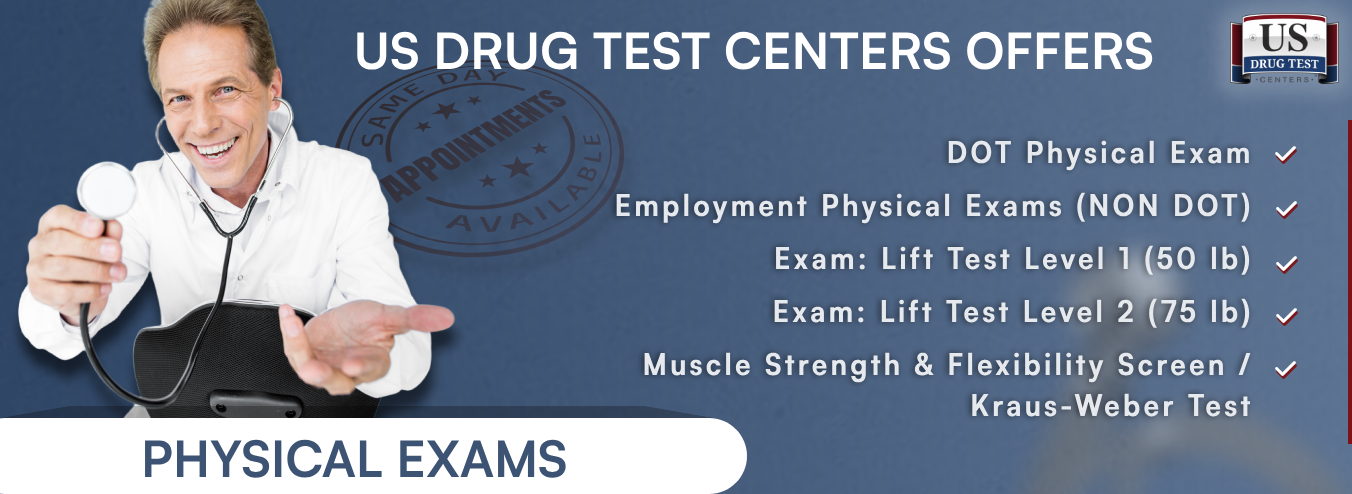
Last Updated: January 29, 2025
Overview & Benefits
In occupational health, physical exams play a vital role in ensuring the safety and well-being of employees while keeping the workplace safe, productive, and in compliance with regulations. These exams assess a worker’s overall health and fitness for job duties, reducing risks for both employees and employers. Strength and lift testing is usually performed at the start of an individual’s employment in order to ensure that they are able to fulfill job requirements.
Many industries, including transportation, construction, and healthcare require physical screenings to comply with OSHA, DOT, or other regulatory bodies. Through US Drug Test Centers, occupational health testing ensures legal adherence and avoids fines or shutdowns.
Identifying health issues early can reduce medical leave, healthcare claims, and insurance costs for the employer. By ensuring employees are fit for duty, employers can potentially reduce workplace injuries and subsequent workers’ compensation claims.
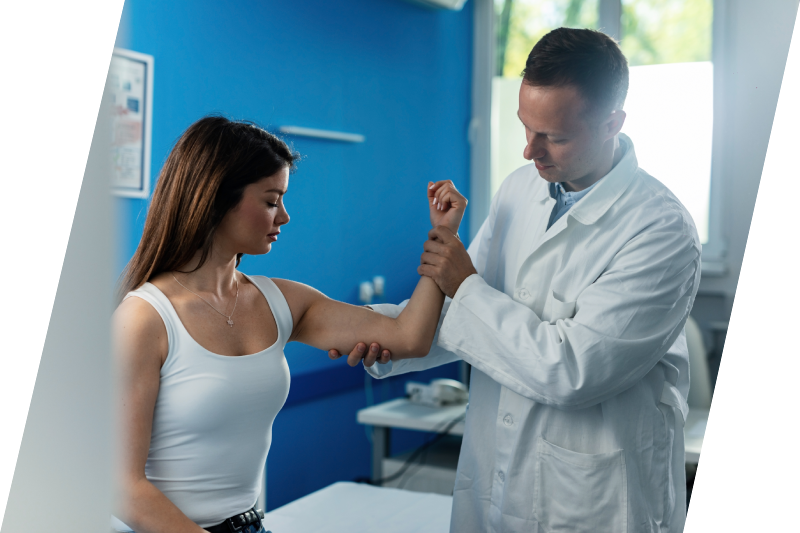
Services
DOT Physical Exam
Overview & Purpose
A DOT (Department of Transportation) physical examination is a federally mandated medical evaluation required for commercial vehicle drivers, in order to ensure they are physically and medically fit to operate large vehicles safely. It is a key component of occupational health programs in the transportation, logistics, and commercial driving industries, helping to maintain road safety, regulatory compliance, and driver well-being.
Conducted by a Certified Medical Examiner (CME), the DOT physical assesses key health factors that could impact a driver’s ability to perform their job safely, such as vision, hearing, cardiovascular health, and neurological function. The exam is required by the Federal Motor Carrier Safety Administration (FMCSA) for commercial drivers operating vehicles weighing over 10,000 pounds, transporting hazardous materials, or carrying more than 15 passengers.
Includes
DOT Physical Examination covers all five main categories of essential testing:
- Vision: Minimum 20/40 vision in each eye (with or without corrective lenses)
- Hearing: Ability to hear a forced whisper at 5 feet (less than 40 dB hearing loss in the better ear)
- Blood pressure/pulse rate: Detects hypertension and potential cardiovascular issues
- Urinalysis: Screens for diabetes, kidney disorders, or other related health concerns
- Physical Examination: Contains 12 categories, and covers heart, lungs, neurological function, musculoskeletal health, and overall physical condition
US Drug Testing Centers DOT Physical Exam meets federal requirements for commercial driver licensing (CDL) and helps employers avoid penalties or non-compliance issues, while ensuring drivers maintain active certification.
Employment Physical Exams (Non DOT)
Overview & Purpose
A US Drug Testing Centers Employment Physical Examination (Non-DOT) is a medical evaluation designed to assess an individual’s fitness for work in various industries outside of DOT-regulated transportation jobs. These exams are customized based on job-specific demands, workplace hazards, and employer requirements. They play a crucial role in ensuring workplace safety, reducing injury risks, and supporting employee well-being.
Unlike DOT physicals, which are federally mandated for commercial drivers, non-DOT physicals are employer-driven and may include assessments of physical ability, vision, hearing, respiratory health, and musculoskeletal function. These exams are often required in healthcare, construction, manufacturing, public safety, and other physically demanding fields.
Includes
Employment Physical Exam: This exam is customizable based on the industry and the needs of the specific role, but can include a medical history review, physical examination, vision & audio tests, pulmonary testing, lifting, and drug and alcohol screenings
While not mandated by DOT, this test is a vital aspect of occupational health testing programs. It ensures job readiness, reduces liability for potential workplace comp issues, as well as compliance with any applicable OSHA and industry-specific regulations and guidelines.
Lift Test Level 1 (50 lbs)
Overview & Purpose
Lift testing, also known as lift assessment or functional capacity evaluation (FCE), is a physical test conducted to determine an employee’s ability to safely lift, carry, push, or pull up to 50 lb objects as required by their job. It is commonly used in industries involving manual labor, such as construction, manufacturing, warehousing, and frontline healthcare.
Lift testing is often included in pre-employment screenings, return-to-work evaluations, and periodic occupational health exams to ensure that employees are physically capable of performing their job duties safely.
Includes
Lift Test Level 1 (50 lbs): The test involves lifting weights from different heights, such as from waist to shoulder, and the evaluator monitors the person's cardiovascular response, biomechanical factors, and technique.
Lift testing provides confirmation that an employee can fulfill the job’s physical requirements without risk of injury, and is a critical component of certain occupational health programs, particularly for physically demanding jobs.
Lift Test Level 2 (75 lbs)
Overview & Purpose
Lift testing, also known as lift assessment or functional capacity evaluation (FCE), is a physical test conducted to determine an employee’s ability to safely lift, carry, push, or pull objects up to 75 lbs as required by their job. It is commonly used in industries involving manual labor, such as construction, manufacturing, warehousing, and healthcare.
Lift testing is often included in pre-employment screenings, return-to-work evaluations, and periodic occupational health exams to ensure that employees are physically capable of performing their job duties safely.
Includes
Lift Test Level 2 (75 lbs): The test involves lifting weights from different heights, such as from waist to shoulder, and the evaluator monitors the person's cardiovascular response, biomechanical factors, and technique.
Lift testing provides confirmation that an employee can fulfill the job’s physical requirements without risk of injury, and is a critical component of certain occupational health programs, particularly for physically demanding jobs.Muscle Strength & Flexibility Screen / Kraus-Weber Test
Overview & Purpose
The Kraus-Weber (K-W) Test is a widely utilized muscle strength and flexibility assessment designed to evaluate an individual's core and lower back strength, both of which are critical for physical job performance. It consists of six exercises that measure flexibility and muscle endurance in the abdominal, lower back, and hamstring muscles. This test takes only 90 seconds to administer, and is a pass/fail assessment based on whether the individual can complete the exercise as instructed.
This test is essential in occupational health to assess an employee’s physical fitness for physical jobs requiring lifting, bending, standing, or prolonged physical activity. It helps determine the risk of musculoskeletal injuries, particularly lower back pain - one of the most common workplace health issues.
Includes
Kraus-Weber Test: consists of six exercises designed to evaluate muscle strength and flexibility, particularly in the core, lower back, and hamstrings:
- A sit-up with knees bent and feet planted
- A sit-up with legs extended and not bent
- While lying on the back, raise both feet
- While lying on the stomach, raise head, chest and shoulders off the ground
- Lying on the stomach, raise legs off the ground
- With knees straight, bend forward to touch the floor
The Kraus-Weber Test assesses an employee's physical fitness for tasks involving lifting, bending, prolonged standing, or repetitive motion, which helps prevent workplace injuries and assures job readiness.

